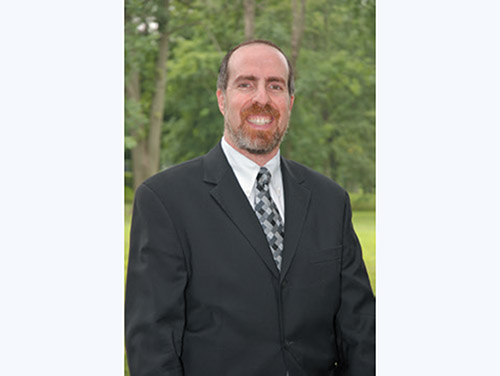
Separating challah is one of the three essential “feminine mitzvot,” and yet many women do not have the opportunity to fulfill this special mitzvah. Indeed, Hacham Yitzhak Yosef, in his Yalkut Yosef, writes that every woman should make an effort to separate challah at least once a year.
The recent proliferation of communal challah-baking events creates wonderful opportunities to satisfy Hacham Yitzhak’s recommendation. Moreover, the separating of challah, beyond the technical fulfillment of a mitzvah, carries with it Kabbalistic connotations as well. Some give, as Hacham Yitzhak notes, tzedakah before separating challah and some recite special Tehillim after the separation. Challah separation even enjoys the reputation as serving as a segulah, a source of spiritual energy, for a wide variety of benefits, such as helping an otherwise infertile couple bear children.
The special power of the mitzvah of challah is apparent from the timing of Hashem’s introduction of this mitzvah to our ancestors. Immediately after we were sentenced to 40 years in the Sinai Desert in Bamidbar Perek 14, Hashem in Bamidbar Perek 15 presents the mitzvah of challah. This mitzva is introduced “B’voachem al ha’aretz” (when you enter the land) you should separate challah. With this special prologue, Hashem reassured our ancestors that we will eventually enter Eretz Yisrael. Accordingly, we see that the mitzvah of challah is a harbinger of geulah, redemption.
Nonetheless, a halachic word of caution is in order. As is well known, challah is separated only if a considerable amount of dough is being baked. Sephardic Jews recite a bracha only if the dough contains a minimum of 3.5 pounds of flour (according to Hacham Yitzhak) and for Ashkenazic Jews the minimum is 5 pounds (Ashkenazim separate challah without a bracha if there is between three and five pounds of challah).
Moreover, the Mishna (Challa 1:7) states that if a group of women provide a baker with flour to make into a dough, then challah is not taken. Although the dough made by the baker contains the requisite amount of flour, it is excused from challah since the dough will be separated into portions less than the required amount. This rule is codified by the Rambam and Shulchan Aruch.
Thus (in the words of Rav Aaron Felder in his Ohalei Yeshurun), if an individual made a dough with the intention of dividing it before baking for several people such that each smaller dough would be less than the required minimum amount, he is not obligated to take challah from the original larger amount.
Thus, if at a communal challah bake, a large dough is made with the intention to divide the dough among the attendees of the event, there is no obligation to separate challah. A bracha recited under such circumstances is arguably an unnecessary bracha. An easy solution is to arrange for the one separating the challah and reciting the bracha to take a very large amount of dough (3.5 or 5 pounds, depending on whether she is Sephardic or Ashkenazi) for herself.
Communal challah bakes are a most welcome and encouraged practice. Caution, though, should be exercised to make sure that the bracha is recited and the challah is separated properly in the appropriate circumstances.
By Rabbi Haim Jachter
Rabbi Haim Jachter is the rabbi of Congregation Shaarei Orah, the Sephardic Congregation of Teaneck.










